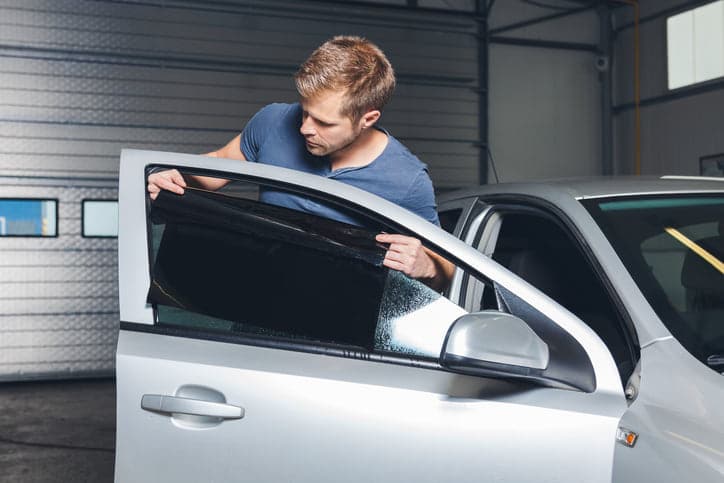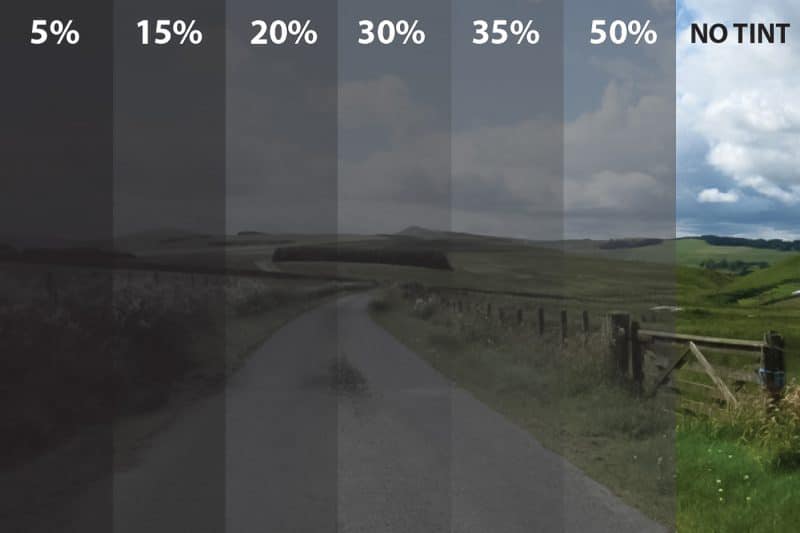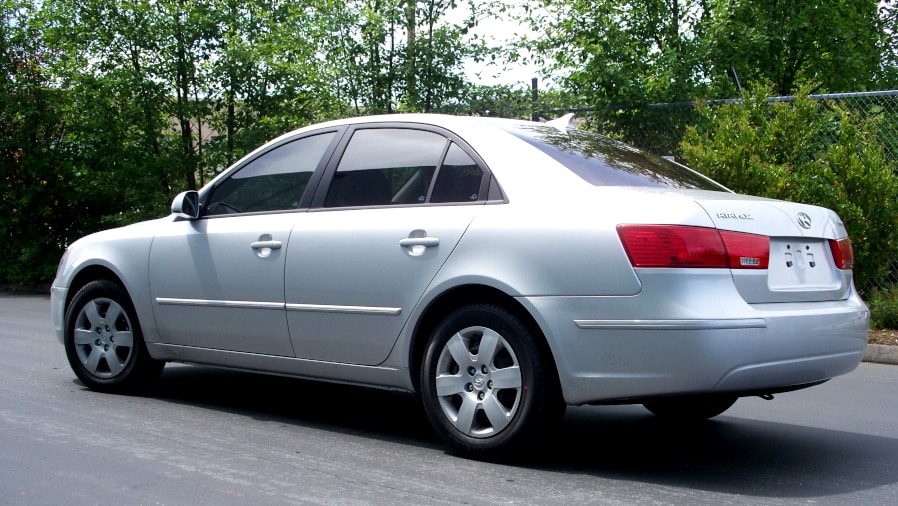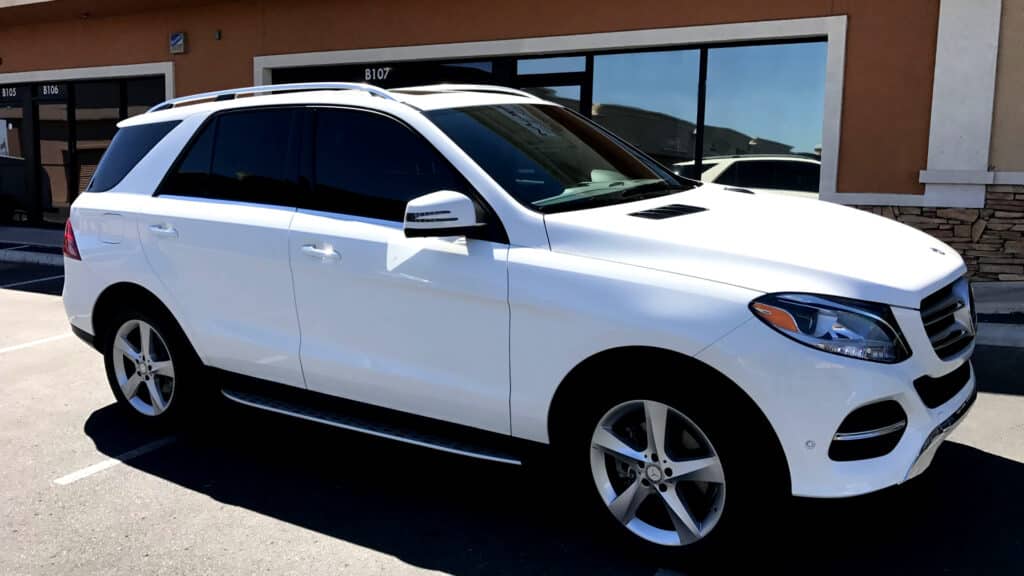Getting your car windows tinted will lower the amount of heat trapped in your cabin. Interestingly, the advantages of window tint aren’t limited to warm regions.
In cold states like Idaho, installing tint film will provide an extra layer of insulation between the windows and the outside.
Not to mention the reduced glare — a much-needed feature when there’s snow all around you. Light from the sun, other headlights, and even street lamps can reflect off the snow and impair your visibility.
Of course, this does not mean that you can make your windows completely dark. Every state regulates the darkness and reflectiveness of aftermarket window tint.
The tint laws in Idaho were enforced in 1992, emphasizing several guidelines and regulations that will help you figure out exactly how you can get your windows tinted.
Is Window Tint Legal in Idaho?

The state of Idaho permits the use of window tint as long as it is within the stipulated transparency limit. There are still various limitations in place that you will need to be aware of.
It’s worth noting that you can’t have the same tint on all windows. In fact, there are guidelines for different darkness levels based on window position. The windshield, in particular, has different requirements.
Required Tint Darkness

The universal unit of measurement for window tint darkness is VLT which is short for visible light transmission. As the name suggests, it measures the visible light that can enter your car through the tint film.
Every state has a specific VLT requirement that needs to be followed. It is measured in percentage; the lower the VLT, the darker the tint. For instance, a 40% VLT tint will let 40% of the visible light through it.
Below you’ll find the mandated VLT levels and other requirements for different types of vehicles in Idaho.
Sedans

Windshield: You can use a non-reflective tint above the AS-1 line or on the upper 6″ of the windshield.
Driver-side windows: 35% VLT is required.
Passenger-side windows: 20% VLT is required.
Rear window: 35% VLT is required.
SUVs and Vans
Windshield: You can use a non-reflective tint above the AS-1 line or on the upper 6″.
Driver-side windows: 35% VLT is required.
Passenger-side windows: 20% VLT is required.
Rear window: 35% VLT is required.
Tint Reflection Guidelines
While the tint darkness has more to do with the visible light that makes it through the windows, tint reflection refers to the ability of the tint film to reflect ambient light.
The more reflective your window tint is, the harder it’s going to be for people outside your car to peek in.
Sedans
Windshield: The windshield tint should be non-reflective.
Driver-side windows: Up to 35% reflective.
Passenger-side windows: Up to 35% reflective.
Rear window: Up to 35% reflective.
SUVs and Vans

Windshield: The windshield tint should be non-reflective.
Driver-side windows: The tint can be up to 35% reflective.
Passenger-side windows: The tint can be up to 35% reflective.
Rear window: The tint can be up to 35% reflective.
Other Idaho Tint Rules You Need to Know
Let’s look into a few more tint rules in Idaho.
Color: You can use any tint color.
Medical exemption: You can exercise exemptions of up to 75% on the windshield and 20% on the remaining windows.
Side mirrors: You need dual side mirrors if the rear windows are tinted.
Certification: No certification is required from the manufacturer.
Sticker: You do not need a sticker to prove the legality of your tint film.
State of Idaho Info

Idaho is a state in the United States that is surrounded by Wyoming, Montana, Nevada, Utah, and Washington.
It is the 11th largest state in the country but is only mildly populated.
It became an official part of the country in 1846. The state is home to different regions and territories with varying weather conditions. It is also full of lakes, rivers, and national parks.
Population: 1,900,923
Capital: Boise
Registered vehicles: 607,902
Total lane miles: 107,568
Number of highways: 8
Window tint references and medical exemption: Idaho Statutes Title 49 Chapter 9
Penalty info: Idaho Fourth Judicial Court

